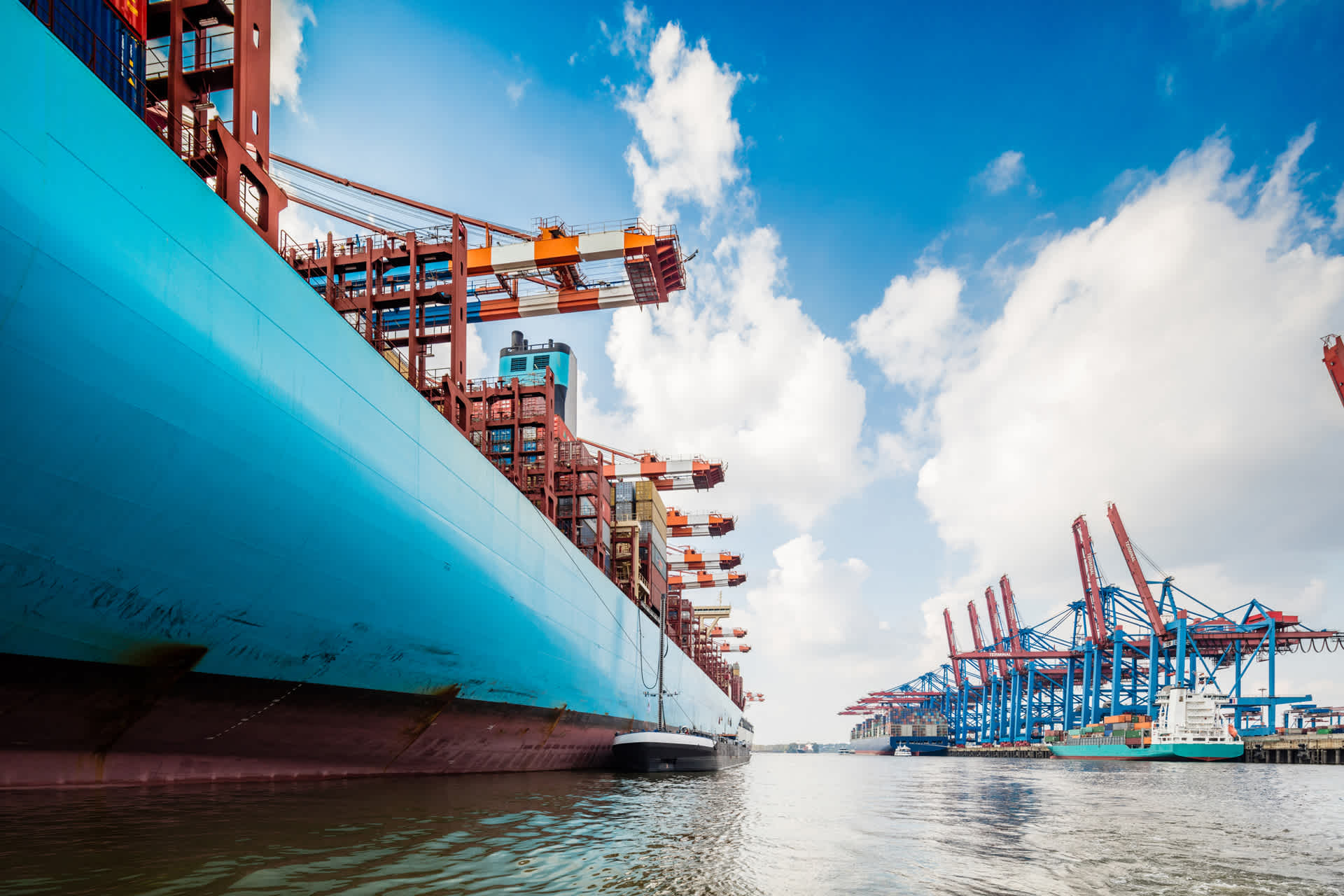Global Logistics Update
Freight Market Update: August 12, 2020
Ocean and air freight rates and trends; customs and trade industry news plus COVID-19 impacts for the week of August 12, 2020.
Freight Market Update: August 12, 2020
How will demand recover from COVID-19? And how can you ensure your cargo is moving to keep up with it? Visit Flexport’s COVID-19 Trade Insights for information and analysis.
Want to receive our weekly Market Update via email? Subscribe here.
Ocean Freight Market Update

Air Freight Market Update

Freight Market News
Buy and Hold Gains Popularity Businesses seeking the perfect balance between just-in-time and just-in-case stock levels, after COVID shortages and delays, may be stuck with more inventory than they can afford to store, according to the Wall Street Journal. Many are creating liquidity by offloading to buy-and-hold companies that charge storage and risk costs, then sell goods back.
Coast Guard Explores Automated Ships The US Coast Guard requests comments and data on the value, benefits, and challenges of automated and autonomous vessels and related technology, reports American Shipper. A 16-question survey will inform US Department of Transportation policy actions.
Trucking Capacity Levels Out After a sharp Q2 contraction, North American trucking capacity has stabilized, although capacity is still tight, according to the Journal of Commerce. For now, companies scrambling to maintain continuity after COVID delays are driving demand.
Meanwhile, this week, Flexport Chief Economist Dr. Phil Levy noted the following economic highlights:
- US trade rebounds in June as goods exports rose 14.3% over May, and goods imports were up 5.1% (Census basis). Comparing the first half of 2020 to the first half of 2019, exports were down 16.4%, while imports were down 13.0%.
- The biggest monthly export increases were in automotive vehicles and parts and capital goods. The biggest monthly import increases were in autos and consumer goods, offset by a sharp decrease in imports of gold bullion and bars after an April and May surge.
- Services pull ahead of manufacturing in July US data. In ISM Purchasing Manager Indices, where 50 is the cutoff for expansion, the services sector recorded a 58.1 reading, while manufacturing was 54.2. In separate ADP private sector payroll data for July, the services sector added 166k jobs, while manufacturing added 10k.
- US weekly unemployment claims were at their lowest level since the COVID-induced economic crisis began, at 1.186m for the week ending August 1. The number is still substantially above the pre-COVID weekly record of 695K (October 1982).
- Chinese exports jumped by 7.2% in July over a year earlier, led by shipments of electronics and medical equipment. Imports fell by 1.4% from the year before.
- Data continue to show China slipping behind its import commitments under January’s Phase One tariff deal, potentially adding to trade tensions.
- German factory orders rose sharply in June, up 27.9% over May.
Customs and Trade Updates
Section 301 & 232 Updates
- Section 301 List 3 exclusions were set to expire on August 7 and just over 700 exclusions did expire. The USTR issued a notice stating there are 266 exclusions that will be extended through December 31, 2020.
- The USTR issued a notice stating 10 new product exclusions to List 4 of the Section 301 tariffs. These apply retroactively to the September 1, 2019 implementation date and will expire on September 1, 2020.
- The USTR is accepting comments until August 20, 2020 for List 4 exclusion extensions. The extensions of the exclusions for List 4 that will expire on September 1, 2020 can possibly be granted for up to another year.
- On August 6, 2020 saw a US Presidential Proclamation stating that Section 232 duties on aluminum and steel would be reinstated for items from Canada. In response, Canada has decided to impose retaliatory tariffs on the US, beginning September 16, 2020. Comments can be made through September 6, 2020.
New Marking Guidance on Hong Kong Goods
CBP released new guidelines that goods made in Hong Kong now need to be marked with the origin of China. This rule follows an Executive Order from July 14, 2020. There is a 45-day transition period to allow the trade community to change their marking. No statements were made on the tariff treatment or origin declarations on goods made in Hong Kong, but more details will likely be released before September 25, 2020 when all goods will be required to be marked with China origin.
For a roundup of tariff-related news, visit Tariff Insider.
Please note that the information in our publications is compiled from a variety of sources based on the information we have to date. This information is provided to our community for informational purposes only, and we do not accept any liability or responsibility for reliance on the information contained herein.


